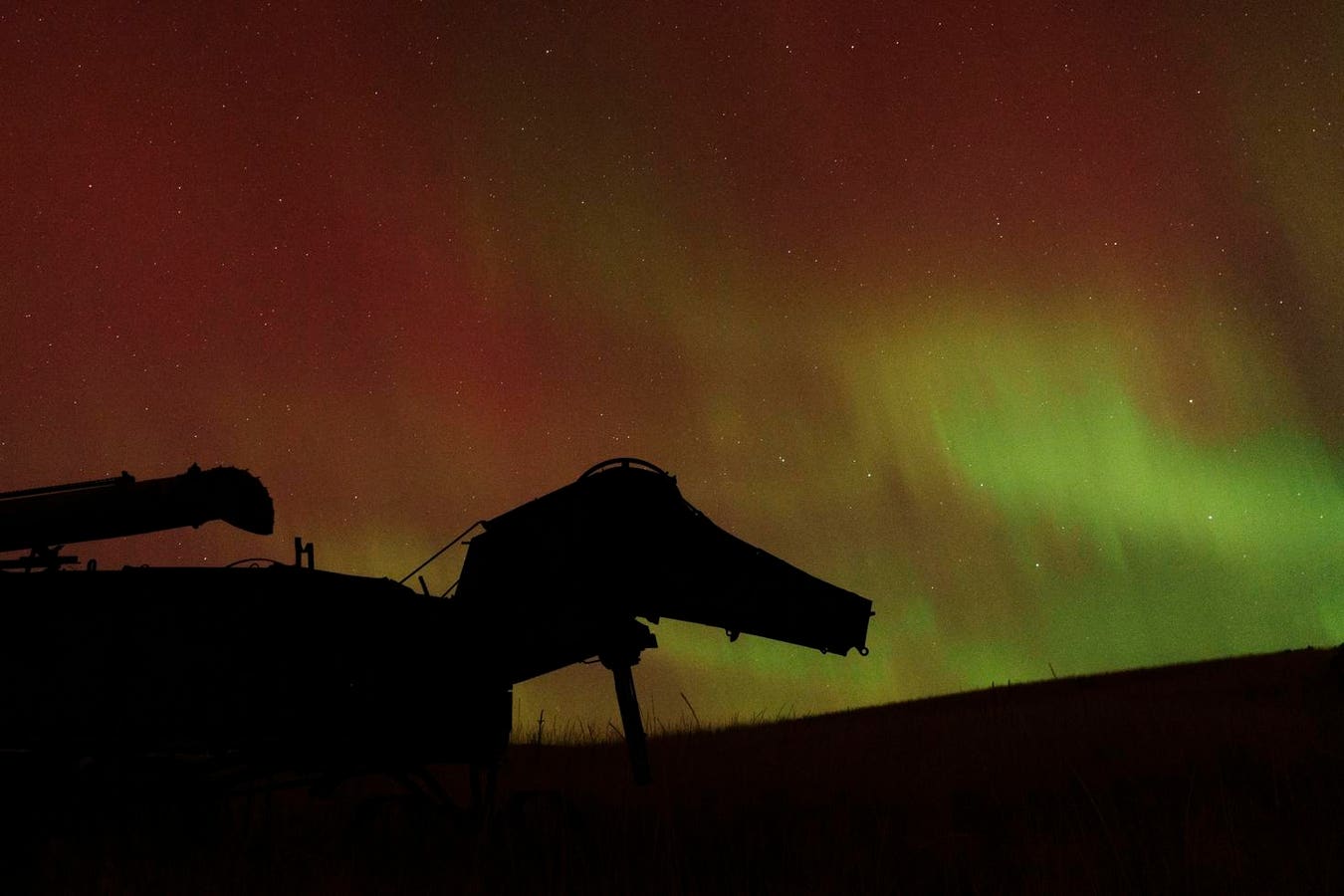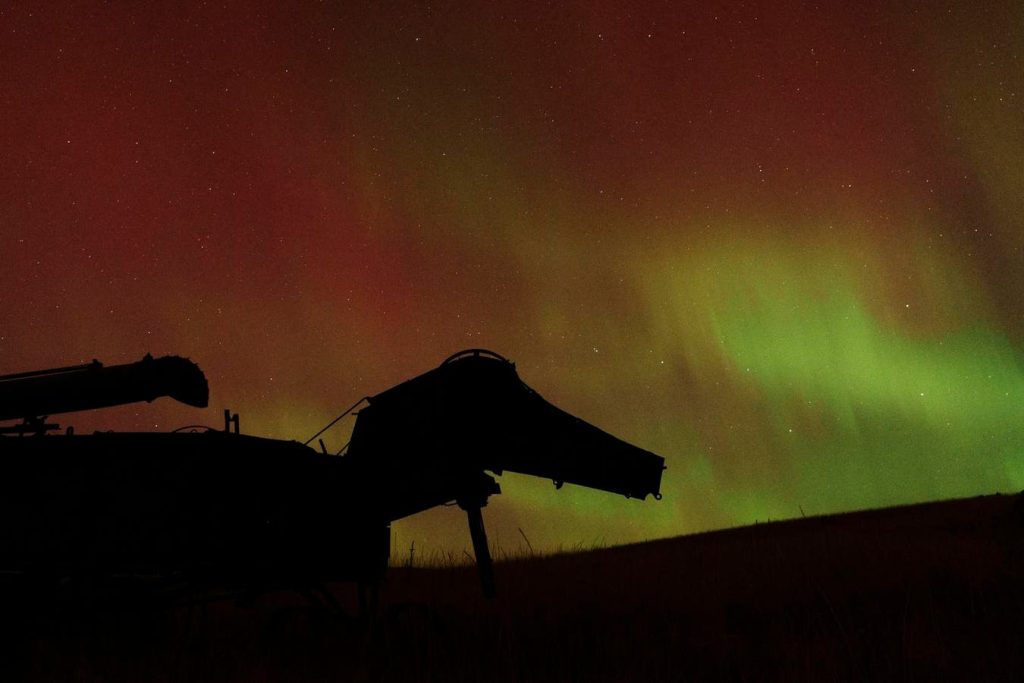Topline
Sky-watchers who saw the Venus-Jupiter conjunction on Tuesday, Aug. 12, will have glimpsed the first act of the six-planet “planet parade” that’s building in the eastern sky before sunrise. Best seen about an hour before sunrise, bright planets Venus and Jupiter — now beginning to draw away from each other — will dominate in the east while Saturn brightens in the south. Rising below Venus and Jupiter is Mercury, which will get higher each morning this week. Uranus and Neptune will also be in the sky, though neither is visible to the naked eye.
A spectacular “planet parade” (also called an alignment) featuring six planets is visible during August 2025.
getty
Key Facts
About an hour before sunrise, Venus and Jupiter will be very bright in the eastern sky. The two brightest planets in the solar system were in close conjunction in the pre-dawn hours of Tuesday, Aug. 12, separated by just 0.9 degrees. On Wednesday, Aug. 13, they will appear to begin to drift apart. Saturn will be visible in the southern sky.
Mercury will be visible just above the eastern horizon about 45 minutes before sunrise. It’s not easy to see because it appears very low, below 10 degrees altitude, according to NASA. It will be farthest from the sun (and, therefore, highest in the sky), on Aug. 19 and remain visible until around Aug. 26.
The next highlight of the “planet parade” will come on Wednesday, Aug. 20, when a slender crescent moon will shine very close to a brilliant Venus.
The following “planet parade” will happen during October 2028, when five planets will be visible together, again before sunrise.
The planets an hour before sunrise on Wednesday, Aug. 13, 2025, during the “planet parade.”
Stellarium
Outer Planets Rising
Although Venus will be the brightest planet in the parade, it’s now on the wane as it recedes from Earth. Over the coming months it will dim and become harder to see in the pre-dawn sky, having undertaken Earth on its 224-day orbit of the sun. The outer planets, however, are brightening. Saturn, the ringed planet, is currently getting brighter as it nears its annual “opposition” on Sept. 21, when Earth will be between Saturn and the sun. That will be the best time to put a telescope on Saturn to see its rings. Jupiter will next be at its biggest, brightest and best on Jan. 10, 2026. Through binoculars or a telescope, you can glimpse some of its largest moons — Io, Europa, Ganymede, and Callisto — lined up like tiny stars.
What’s Next In The ‘planet Parade’
In the wake of the Venus-Jupiter conjunction this week, the “planet parade” will peak this weeked and into next week when it’s joined by a waning crescent moon. On Monday, Aug. 18, a 26% crescent moon will be seen near Venus and Jupiter. On Tuesday, Aug. 19, Mercury will be at its highest in the morning sky as a 16%-lit crescent moon forms a curve with Venus and Jupiter. On Wednesday, Aug. 20, a 9%-lit crescent moon will be close to Venus, with Mercury below and Jupiter above. On Thursday, Aug. 21, a 4%-lit waning crescent moon will be beneath Jupiter and Venus, close to Mercury.
Further Reading
ForbesA Six-Planet Parade Is Coming — When To See ItBy Jamie CarterForbesPerseid Meteor Shower Begins Next Week — When To Get The Best ViewBy Jamie CarterForbesDon’t Miss This Week’s Dazzling Venus-Jupiter EncounterBy Jamie Carter











